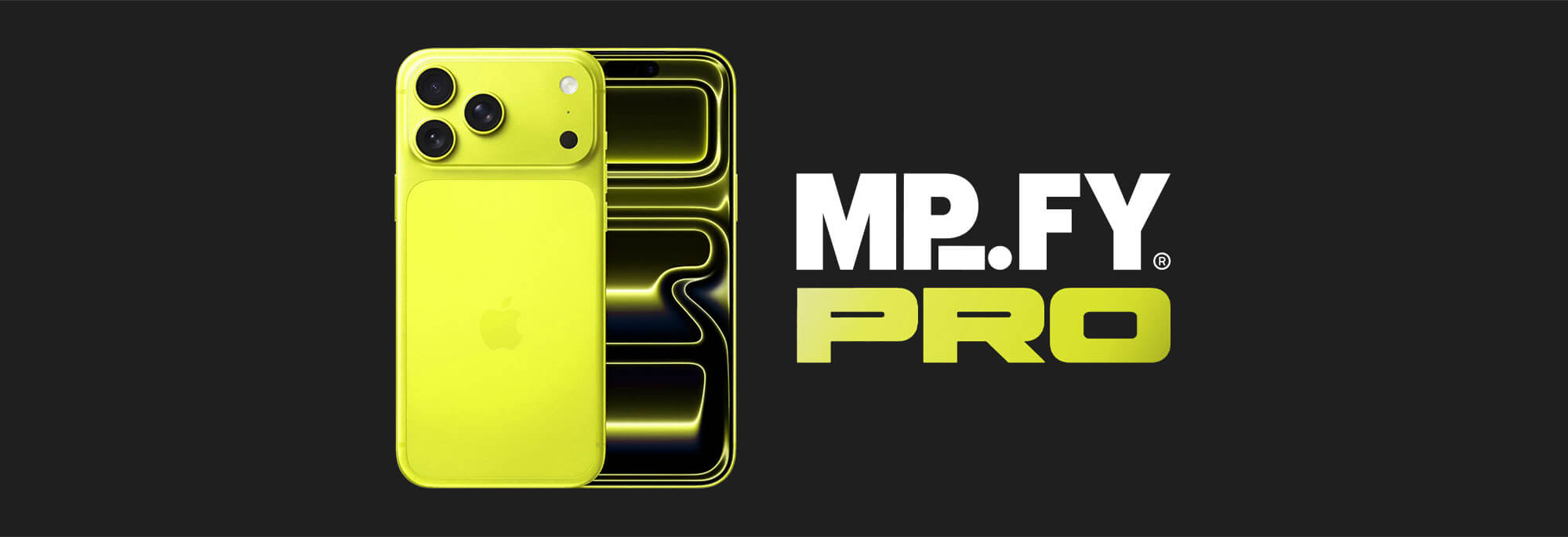
Apple's September event in 2025 was a turning point in design philosophy across its entire product line. As iOS 26 rolls out, along with macOS Tahoe, watchOS 26, and a stunning new generation of hardware including the iPhone 17, iPhone Air, Apple Watch Series 11, Ultra 3 , and the long-awaited Apple Airpods Pro 3, Apple introduced Liquid Glass: a design language already influencing creative direction globally.
This revolution is not limited to tech enthusiasts or Apple fans. For creative agencies, web developers, and SEO specialists - particularly those operating in fast-paced markets like Malta, London, and other global hubs - Apple's new design philosophy sets a new benchmark for user expectations, aesthetic direction, and usability.
MPiFY breaks down Apple's latest product and design launches, their implications for digital creatives, and how agencies can transform these innovations to elevate their services, build modern brands, and maximise online visibility.
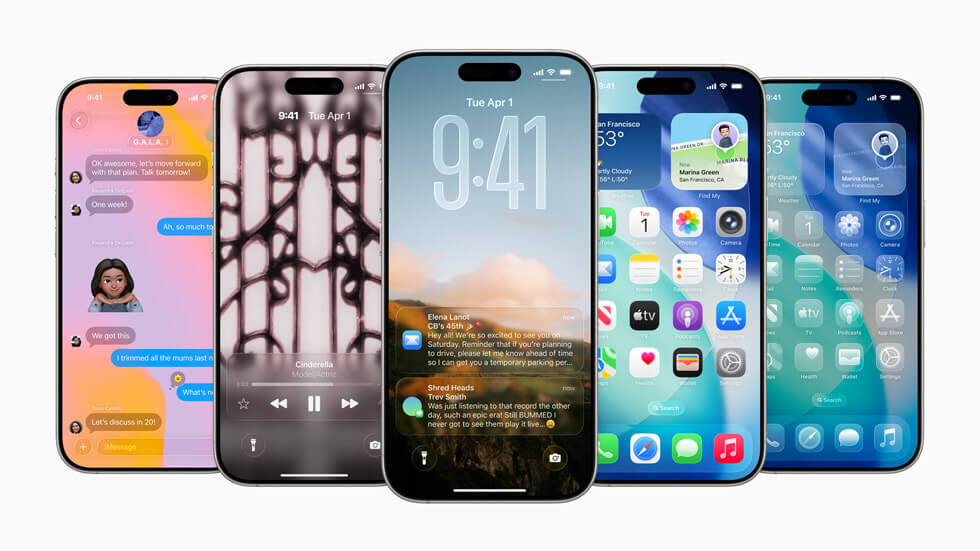
Liquid Glass is Apple's newest design system, ushering in a new era of transparent UI layers, fluid animations, and dynamic light effects across iOS, macOS, watchOS, and iPadOS. Apple defines it as "a more expressive, personal, and responsive design system," designed to add richness to the user experience without sacrificing clarity or performance.
This visual look is now complete in iOS 26, macOS Tahoe, and watchOS 26, forming the foundation for how Apple devices will look and feel going forward.
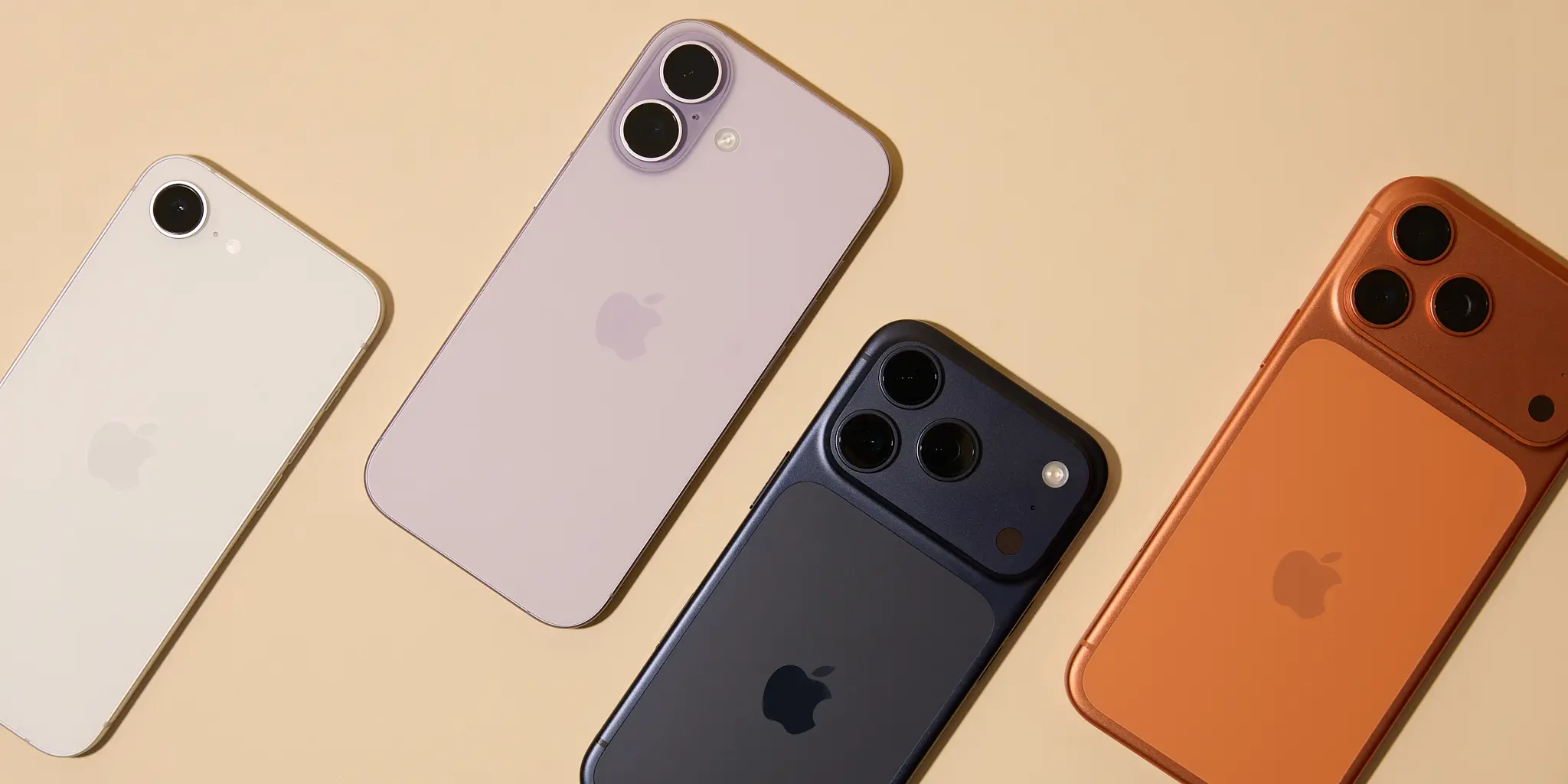
Apple's latest iPhone series is again breaking new ground in hardware and software integration. The iPhone 17 Pro, Pro Max, and the new iPhone Air have been crafted to showcase the new Liquid Glass design language in all its brilliance.
These models feature edge-to-edge Super Retina XDR OLED displays, measuring approximately 6.3 inches and 6.9 inches respectively. Each offers over 460 pixels per inch for rich detail. Central to the user experience is ProMotion technology, enabling adaptive refresh rates of up to 120Hz. This renders every scroll, transition, and interactive animation - especially those from Liquid Glass - seamlessly.
Both models support Always-On Display, displaying widgets and glanceable info without draining battery. Internally, they run on the A19 Pro chip, offering significant CPU/GPU improvements, optimised for real-time rendering of transparency, blur, and multi-layered UI animations.
With enhanced Neural Engine performance and modern modems (Wi-Fi 7, Apple C1X/N1), the Pro series handles effortless multitasking, app switching, and immersive digital experiences. Physically, these devices use premium materials including scratch-resistant ceramic shields and matte finishes, ideal for showcasing Liquid Glass visuals. Brightness is greatly improved, ensuring clarity even under direct sunlight. A powerful triple-camera system (ultra-wide, wide, telephoto) with 48MP sensors rounds out the Pro experience.
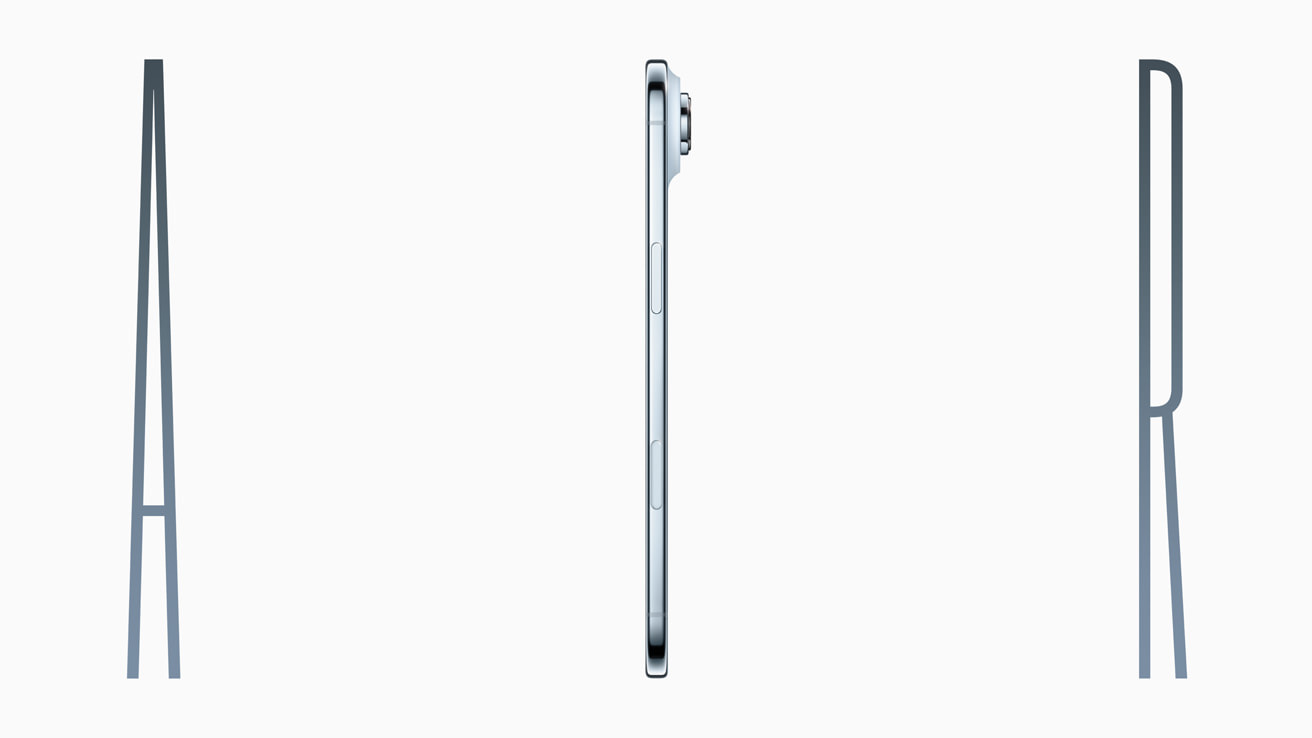
The iPhone Air is Apple’s thinnest phone to date - just 5.6 mm thick and weighing around 165 grams. It features a 6.5-inch Super Retina XDR OLED display (2736×1260 pixels) with 120Hz ProMotion. Protected by Ceramic Shield 2, it offers durability, scratch resistance, and anti-reflective coatings. Its peak brightness of 3,000 nits makes it ideal for outdoor use, ensuring UI elements remain vivid.
Powered by the same A19 Pro chip, the Air delivers top-tier performance in a light, compact frame. Battery life is enhanced through iOS 26’s adaptive power management. The camera system includes a 48MP Fusion wide camera and an 18MP front sensor with Center Stage and portrait features.
These devices were designed with Liquid Glass in mind - not just from a software perspective, but also through physical materials and performance tuning. They signal a shift toward more immersive, layered, and visually engaging digital interfaces.
The Apple Watch now offers redesigned faces such as:
watchOS 26 introduces better Smart Stack functionality, deeper integrations for Notes and Calendar, and new gesture-based controls.
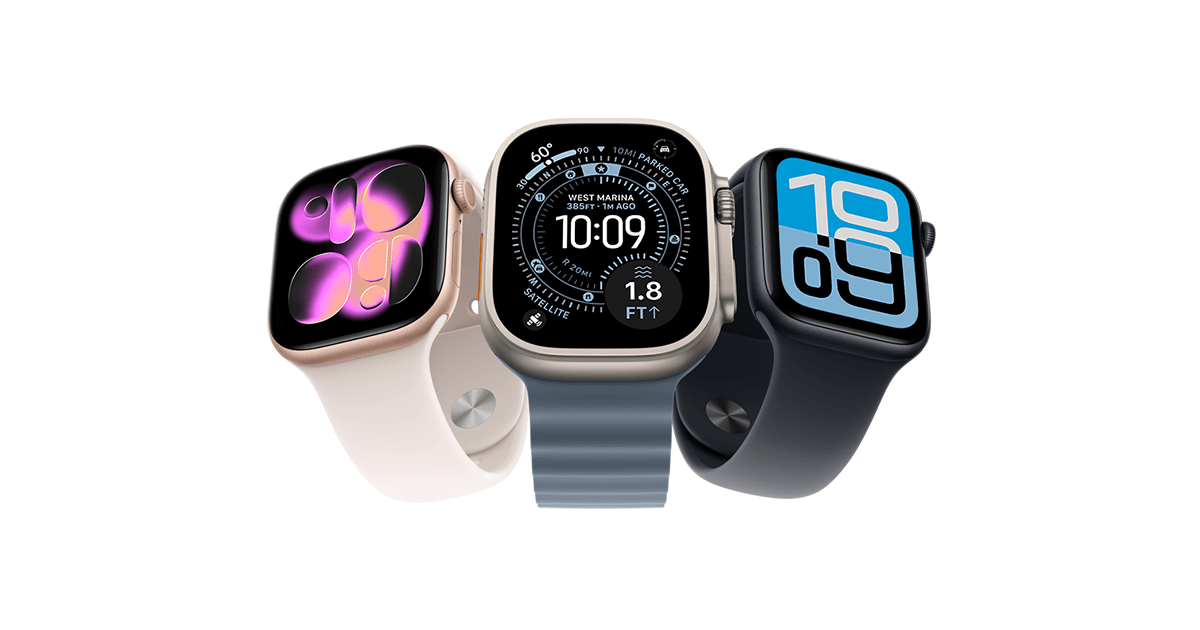
The AirPods Pro 3 build on Apple's leadership in wireless audio with a range of intelligent enhancements. They feature next-generation spatial audio with dynamic head tracking, delivering a more immersive surround-sound experience whether watching films, playing games, or on FaceTime calls. The adaptive noise cancellation has been upgraded with better environmental sensing, allowing the AirPods to intelligently switch between noise canceling and transparency modes based on the user's surroundings.
A new personalised volume feature adjusts audio levels in real time using machine learning, based on the user's interaction patterns and environmental noise. One of the standout additions is the real-time translation feature, which allows users to understand spoken content in different languages directly through their AirPods during conversations, FaceTime calls, or when using compatible apps. This function integrates with iOS 26's system-wide translation layer, enhancing cross-cultural communication with remarkable ease.
Battery life has also seen a modest improvement, offering up to 7 hours of continuous playback and up to 30 hours with the MagSafe charging case. The AirPods Pro 3 now support Lossless Audio when paired with Apple Vision Pro, making them the first AirPods to support high-resolution, ultra-low latency audio transmission.
All device controls and settings have been reimagined within iOS 26, utilising the new Liquid Glass design aesthetic, introducing translucent backgrounds, fluid toggles, and interactive layers that align with Apple’s broader visual ecosystem.

Glassmorphism is no longer niche. With Apple’s full adoption, websites and apps must now appear layered, interactive, and fluid.
Designers should apply blurred backgrounds, frosted elements, and animated cards with purpose - guiding user flow, not distracting from it. Micro interactions and subtle animations should reflect the motion behaviours of iOS 26.
Liquid Glass introduces contrast challenges, especially when overlaying text. High-contrast alternatives, toggle-able transparency, and clean typography are vital.
MPiFY champions inclusive design. Even the most intricate UI elements must remain accessible to users with visual impairments or motion sensitivity.
With Apple aligning its design system across iPhone, Mac, iPad, and Watch, creative teams must invest in adaptable UI systems. Agencies should use design tokens, component libraries, and style guides that work seamlessly across platforms.
In today’s multi-device world, consistent visual identity is essential.
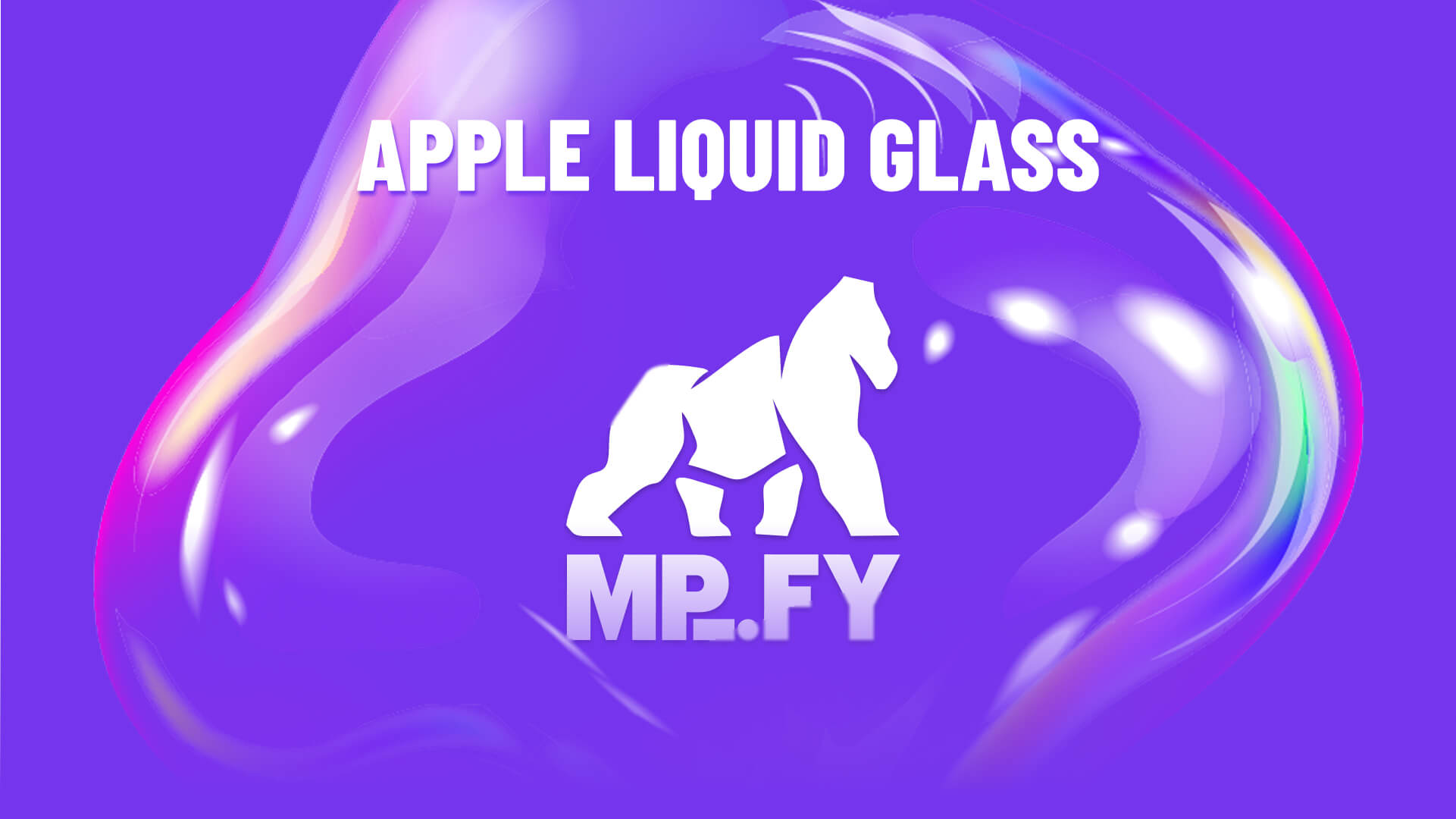
Test designs across iOS 26, macOS Tahoe, and older devices. Offer fallback styles for older hardware or browsers.
Despite layered visuals, structure matters. Use H1, H2, and semantic HTML properly. Ensure important content is crawlable and visible.
Agencies that adopt Liquid Glass UI/UX early can stand out. Today’s clients expect Apple-level polish: motion-rich, responsive, premium digital experiences.
Showcase before-and-after redesigns that reflect Liquid Glass principles. Highlight clarity, usability, and elevated brand feel.
Develop UI kits with blur, animation, and accessibility baked in. Stay current with Apple’s evolving HIG (Human Interface Guidelines).
Pair performance audits with every visual redesign. Explain how performance, UX, and design quality affect visibility and conversions.

MPiFY operates at the intersection of creativity and strategy, serving Malta-based SMEs and global brands in London and the EU.
In Malta, where digital maturity is accelerating, Liquid Glass presents an opportunity for brands to leap ahead in visual identity. In London, where design sets the standard for perception and prestige, agencies must adopt forward-facing design to compete.
To cap off Apple’s Liquid Glass revolution, MPiFY imagined what it might look like if Apple introduced a bold neon yellow colour, inspired by the agency’s own iconic brand palette. Dubbed the MPiFY Pro, this mockup concept reimagines the iPhone 17 with an audacious, high-contrast finish that stands out in any setting. It’s a creative nod to where design and brand expression might boldly go next.
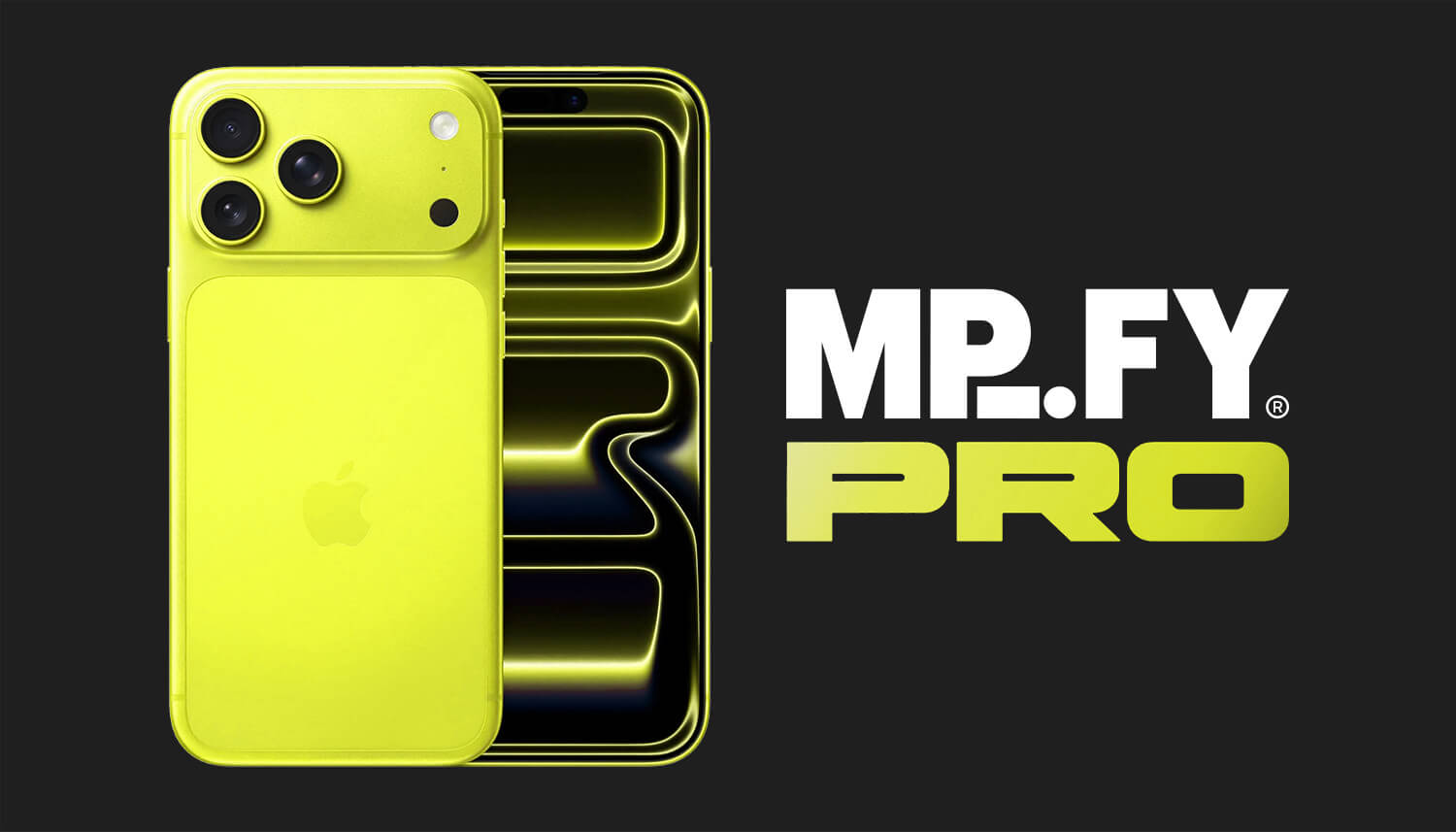
Apple's Liquid Glass and next-gen devices aren't just tech updates - they're creative and commercial signals. For future-ready agencies, it's time to lead, adapt, and innovate.
MPiFY believes great design isn’t just about how something looks. It’s how it feels, functions, and converts. With the right creative and SEO strategy, any brand can turn Apple’s inspiration into high-performing digital experiences.